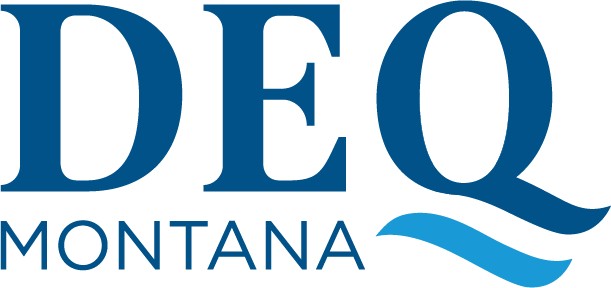Program Overview
The Department of Environmental Quality is the designated primary state agency for several energy emergency planning initiatives:
ESF-12 covers the energy components of emergencies and natural disasters under the Montana Emergency Response Framework (MERF), which is modeled on the federal National Response Framework established by the Department of Homeland Security. The Disaster and Emergency Services Division, Department of Military Affairs, is the coordinating agency for the MERF. As the primary agency for ESF-12, DEQ is the subject matter expert on energy within state government’s emergency response and also could play operational roles. Its responsibilities are laid out in the ESF-12 Annex.
The Energy Assurance Plan (EAP) guides DEQ in particular and state agencies in general in responding to emergencies involving the energy sector. The ESF-12 annex to the MERF incorporates the EAP by reference. As a stand-alone, comprehensive plan, the EAP expands on the essential elements of state agency roles and responsibilities under the ESF-12 annex and the Energy Supply Emergency Powers Act.
The Energy Supply Emergency Powers Act (Title 90, Chapter 4, part 3, MCA) and accompanying rules set requirements for information exchanges prior to major energy emergencies and outline potential actions the governor might request or order of state and local governments, the energy sector, and consumers during major emergencies. These emergency powers are specific to energy and are in addition to the emergency powers in Title 10 of Montana Code Annotated. Unlike the ESF-12 annex or the EAP, this act focuses on the most serious events — those for which the governor formally declares an energy emergency. DEQ serves as staff to administer the act and update the rules.
Energy Security and Resilience Contacts
Section Supervisor
Kyla Maki (406) 444-6459
P.O. Box 200901
Helena, MT 59620-0901
The Montana Energy Office is developing an application to receive federal funding under Section 40101(d) of the Infrastructure Investment and Jobs Act (IIJA), and is eligible for $7,043,765 in federal funding in the first year of the five-year program. Additional information will be posted on this page and is available on the program's webpage hosted by the National Energy Technology Laboratory.
This annex is a part of the Montana Emergency Response Framework (MERF) and was designed to be consistent with higher-level plans, including the National Response Framework (NRF). The purpose of this annex is to provide guidance and information to support the state’s response in the event of an energy emergency.
Specifically, the purpose of the ESF-12 function includes the following:
- To coordinate the state’s efforts in the restoration and protection of Montana’s critical electricity, natural gas, and liquid fuels infrastructure and related fuel supply systems during and following a disaster or significant disruption.
- To establish DEQ as a single point of contact and liaison for the state on energy issues in the event of an emergency, providing direct coordination with all relevant state, regional, local, and federal entities as well as with private entities.
- To meet planning and situational awareness needs of the governor, policy makers, and other ESF partners during an emergency.
- To meet requests for assistance from local utilities, fuel suppliers, and deliverers to facilitate restoration and protection efforts or to channel those requests to the appropriate operational units.
- To provide energy consumers with advice on ways to meet their energy needs during the emergency.
ESF-12 Annex (Revised draft August 2025)
The Montana State Energy Assurance Plan (EAP) describes state government’s strategy for responding to a full spectrum of potential energy emergencies in Montana — whether a significant disruption of infrastructure or a shortfall in supply, whether driven by natural disaster or by long-term economic or market developments.
This Energy Assurance Plan contains steps state government might take to mitigate the effects of an unfolding emergency. The plan is based upon the assumption that even during an emergency, voluntary measures are preferred to mandatory measures, and market forces are preferred over quotas or other directives that affect energy product pricing and/or availability. Nonetheless there are situations in which state government will be expected to take action.
The EAP will guide state government’s own procedures and provides a framework for action. The plan emphasizes preparedness, coordination, and flexibility. This plan is developed to foster coordination and mutual support between the efforts of the energy sector and the state should an energy emergency arise. Further, the plan provides a great deal of flexibility to address the broad spectrum of possible emergencies that could emerge.
Specifically, this plan guides 1) how the state gathers information on the nature of the unfolding emergency, 2) how the needs of the energy sector will be conveyed and explained to agencies and departments of state government capable of providing assistance, 3) how the public will be informed about the emergency and advised on steps to take, and 4) how the state will provide and, if necessary and to the extent possible, apportion essential services and energy products during an emergency.
For more information on the 2023 MONTANA STATE ENERGY PLAN, please contact Kyla Maki at (406) 444-6459
